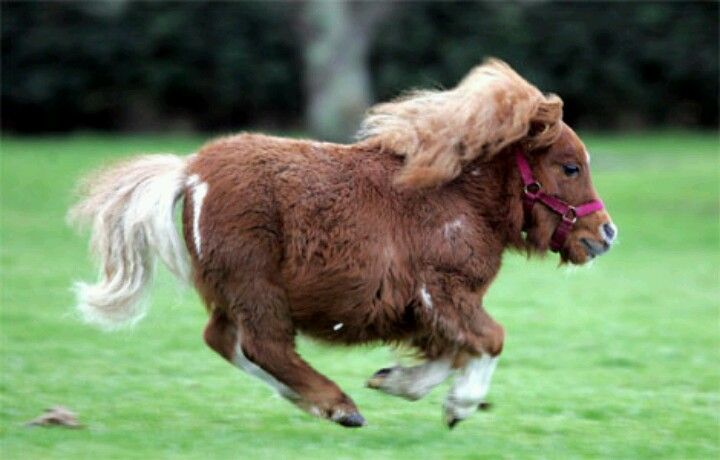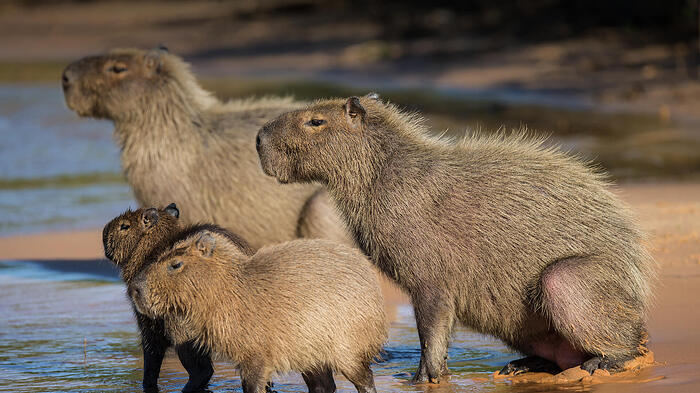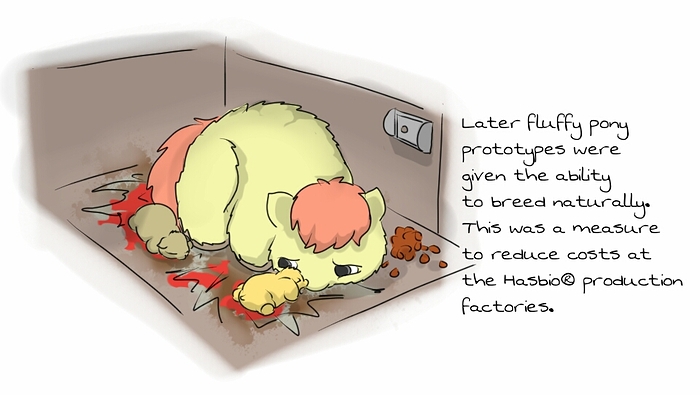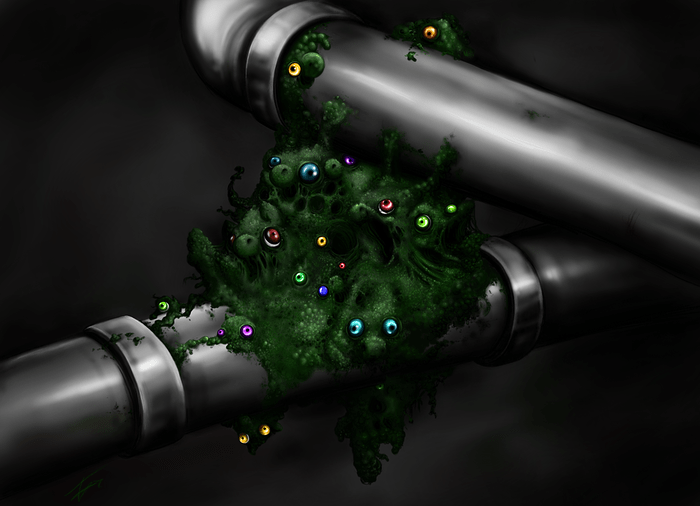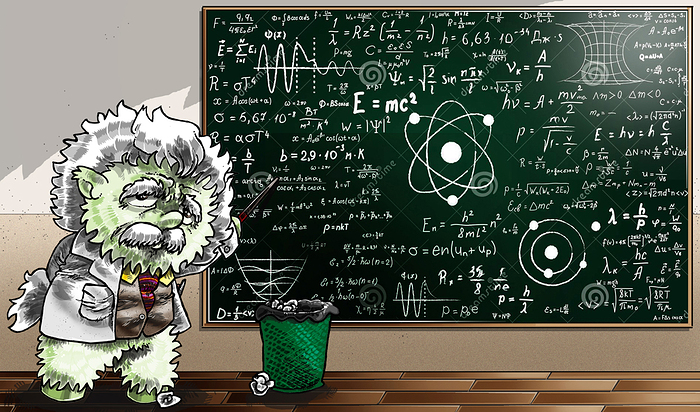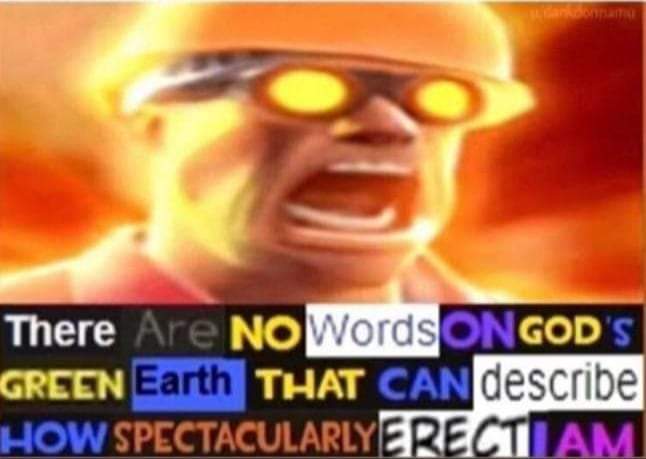Biotoy or Animal?
or “What are fluffies?”
- by Oculus
`
A recurring question that I keep seeing asks what exactly are fluffies. The most common definition is of the creatures is as a “biotoy”, but even that seems to be flawed. To put it simply, different writers and artists have ascribed different traits to fluffies, whether they are human, cartoonish, animal, or something hellspawnish. As such, people have a hard time deciding what separates a fluffy from a toy or a pet, which leads to different people having different depictions and canons regarding flufies.
This write-up does not aim to provide an objective definition on what fluffies are, nor does it attempt to completely account for all the different approaches regarding fluffies within the fandom. The reason for the latter is that there are too many different writers and artists to go through, and with it, too many varying canons. As for the former, it should be noted that, despite what some on the subreddit and in the fandom may lead you to believe, there is no definite canon.
Popular as McGonagall’s story is, McGonagall never set himself out to be a definitive authority on fluffies. The Fall of Cleveland, while the largest collaborative project in the history of the fandom, was NOT intended to be an authoritative work. Having spoken to LordAnubis, he mentioned that the chief idea behind the collab was actually to bring different canons together in one big crossover fiction, with the idea being that each artists and writers work should be viewed separately. In addition, some later artists and writers, especially those who joined after 2013, seldom or never mentioned the Fall of Cleveland. This fact is important, because I feel that too many people assume that all artists should follow some supposedly definitive or concrete canon on fluffies (such as them being all bad), part of the reason why abusers have harassed hugboxers in the past (there’s of course some abusers being edgy for the sake of being edgy but that’s a separate topic). To reiterate the point: as fluffy fiction was already derivative of My Little Pony in the beginning and thus has no ‘canon’ show or ‘primary work’ to be based on, there is no definitive canon: only certain works that are more popular than others.
As such, I will take a quick moment to dispel one common notion held about fluffies: not all canons have fluffies legally depicted as soap. This idea comes from Artist-kun who, in this writer’s humble opinion, often takes a rather harsh attitude towards fluffies, with a lot of his work being abusive. As much as he done some hugbox, I have come across at least one comment that considers that his views on fluffies is rather linear. While that can be understood, speaking as a person who is understanding and taking note on the different depictions and canons regarding fluffies, I thus want to make it clear that not all cannons consider fluffies to be legally depicted as soap. To offer a further criticism, and as @Kalooboo pointed out, the idea would be a little bit dumb.
~
What do fluffies look like?
The first thing to keep in mind when viewing fluffies is how they may look. This may seem like an odd position to start with, but I feel that it is relevant. To put into perspective, let us keep in mind that fluffies originally started out as combination of different fanfic and fanart ideas from MLP that coalesce together to become the fluffies as we know them. Over time, their designs became more original. In essence, fluffy ponies are supposed to be a miniature equine with the ability to speak, albeit with a lisp.
Some people have likened fluffies to miniature horses and large rodents, such as the capybara.
That is one possible interpretation.
However, some live-action videos and photos of fluffies have use actual horse plushies to simulate fluffies, like in the infamous Fluffy processing video.
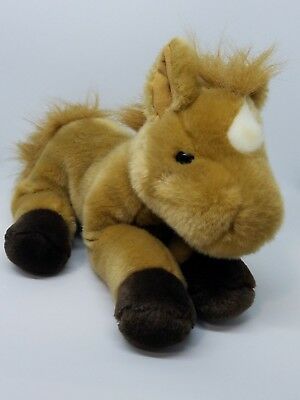
Aurora brand horse plushie
I consider this depiction as valid as the former, as fluffies are based off MLP. The idea of imagining MLP characters in real-life has been done a bunch of times, like in this gif of Pinkie Pie yawning by TrombonyPonyPie .
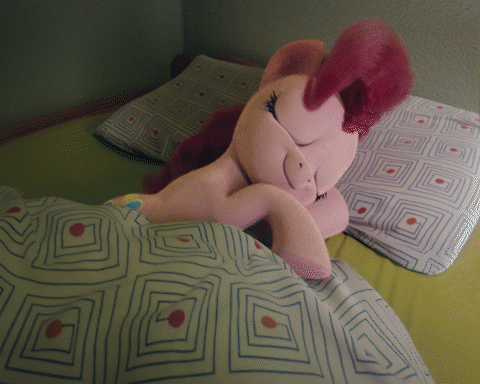
“Pinkie pie yawning” by TrombonPonypie
In presenting these three possibilities, I now pose to the reader how, in your mind, a fluffy would look in real life. The answer that you pick would help define whether you consider a fluffy an animal, an artificial construct, or somewhere in between.
~
Programming and Recycling
Now let’s get into the nitty-gritty. The first thing that has gotten people discussing and theorizing about fluffies is this concept of programming. People have thrown around ideas about a “wan die loop”, or have depicted fluffies as having certain behaviours or routines based on something “programmed” into them.
It needs to be remembered that one of the influencers on fluffy fiction was Gorodetsky,who wrote a story about MLP characters being captured by humans, being lobotomized, and then, sold as pets. When the first fluffy fictions were being written, Gorodetsky also pushed the idea of each fluffy as a “recyclable unit”, the idea being that, as a biotoy, they live, then die, and after death, are “recycled” into a new fluffy pony. This canon, thus, is similar to the computer chip canon that was mentioned in early fluffy pony fiction. When fluffies were original this recyclable biological toy, they came with a computer chip inside of them. This chip could be reset, thus allowing for a reboot of the fluffy in some cases. In others, the reset does not work, and the fluffy has to be disposed of anyway.
It should be noted though that Gorodetsky himself had not contributed to the fluffy pony fandom as much as other writers such as Vanner and LordAnubis so, while he did suggest this idea, it remains to be one canon. In addition, the computer chip idea did not catch on for one reason: writers got more interested in writing stories about fluffies being bred in mills and sold as cheap pets. This direction, far different from the recyclable model, had made the idea of chipping fluffies impossible. Yet, and somehow, the more “robotic” elements of fluffies remained.
Another thing to keep in mind is that the “wan die” was originally the first two words fluffies were depicted as saying. Fluffy fiction originally had them silent – that was how Mixxermike depicted his original fluffies, and it is also the reason why Fluffle Puff only makes tongue noises. The idea of fluffspeak grew when writers like Art-anon kept pushing the idea of fluffies saying “wan pway?”, with some succeeding writers and artists seeing the benefit of drawing a species of neotenic horse creatures that do not really age mentally.
In this sense, programing is a leftover of the original fiction that has remained in fluffies up to this day. Some people explain away as Hasbio being the genetic equivalent of Gandalf and being able to fluffies be able to do anything, but the problem with this approach is that, other than laziness, it also depicts humanity have a level of genetic engineering that’s far more advanced than our current standards.
So, keeping in mind how fluffies may be viewed, and the origins of the concepts of “programming” in fluffy lore, as well as the idea of recyclable fluffies and computer chips, here are the following ways fluffies could be interpreted, depending on headcanon:
“Animals marketed as Biotoys”
Natural breeding (Artist:Carpdime)
This is an approach I have seen at least three people cite as their canon, and it is one I have worked with quite often. The idea behind this is that fluffies ARE animals, genetically engineered animals but, and because they are legally owned by Hasbio, and through some legal manhandling, Habsio has managed to copyright and market fluffies as biotoys.
The benefit of this approach is that it accounts for some of the more natural elements of fluffies, namely their capacity for reproduction, as well as some of their more negative traits such as preference for specific young over others, and so on. A headcanon accounts for the behavior of fluffies in something like The Fluffy Sink, as such fluffies were mostly followed their own animal nature, which led to the eventual demise.
Part of the problem with this approach is first defining “what” animals go into the making of such fluffies. Different have their own idea on the genetic makeup of fluffies such as Pinkyfluffy and emotionalsupportfluffy. Considering that fluffies may have different animal makeup, it is possible that different animal makesup may bring different traits to fluffies.
Another problem with this approach is that it makes explaining “programming”, if any, harder. Some people handwave it as genetic wizardry, but some other artists have found workarounds. Disintegral posed the diea of fluffies being capable of programmed by hypnotic suggestion, much like humans. Alternatively, in the story of Plum, one could interpret Plum not really going into a “wan die loop” but merely wishing to die. One could argue that programming is not really needed to explore fluffies as a genetically engineered animal exploited by corporate interests, but some people may interested in exploring the idea of fluffies as a biological construct.
“Biological Construct

Pull & Pop Fluffy (Artist:Squeakyfriend)
In writing all this, I feel that it is harder for me to define fluffies as being anything other than an animal. It’s a problem I had while writing parts of Gaiden III. Unless fluffies aren’t capable of reproduction and have more robotic parts, I cannot really see them as anything but animals.
But, let us say you are writing a story about fluffies that can be upgraded, modified, “hacked”, or, even in some cases, built. And thus have a kind of programming to them. Assuming that you work with a canon similar to the one Gorodetsky suggested, fluffies could be seen as a biological construct. I have written a story like this in Muthu.
It also depends on the extent they may be programmed. @Foxhoarder has mentioned that she approaches fluffies not as animals. Being firmly against hellgremlins, Fox has also largely depicted fluffies as incapable of wrongdoing and having a natural innocence. This approach does have fluffies acting unlike animals or even humans, as they would supposedly lack natural insticts of feral attributes that would highlight more aggressive or negative behaviours. Such an approach would line up with a depiction of fluffies as non-animal, as they would have a specific programming set they have to follow, making them more “robot” then animal. The problem with this approach, and in my own criticism, is that it would be no different from Descartes considering animals to be automata. Granted, in Fox’s canon, fluffies don’t exhibit typical animal behaviours but, and nothing that her fluffies are capable of reproduction, nursing and some other biological abilities, they still seem “natural” to some extent.
Replicants
There is an alternative, and one that was suggested since the start of the fandom.

Twilight Sparkle the replicant (Artist:Meh)
The artist Meh was heavily influenced by the movie Blade Runner, having made at least two references to the work. In addition, Ferroter, one of the odler writers in the fluffy fandom, has stated that “The Blade Runner universe is like the serious fraternal twin of the humorous fluffy pony universe.”
But what is a replicant? As per the Wikipedia definition: A replicant is a fictional bioengineered being in the 1982 film Blade Runner, and in its 2017 sequel Blade Runner 2049. A replicant can only be detected by means of the fictional Voight-Kampff test, in which emotional responses are provoked and a replicant’s nonverbal responses differ from those of a human. In this sense, fluffies could be considered to be much like replicants, being bioengineered beings. To go further, Ridley Scott made the following statement to differentiate replicants from typical androids:
“Roy Batty was an evolved… He wasn’t an engine. If I cut him open, there wasn’t metal, he was grown… and then within twenty years you get the first bill not passed in the Senate where they applied for replication of animals, sheep and goats and cattle and animals and they turned it down, but if you can do that, then you can do human beings. If you go deeper into it and say ‘Yeah, but if you are going to grow a human being, does he start that big and I’ve got to see him through everything?’ I don’t want to answer the question, because of course he does… Ash in Alien had nothing to do with Roy Batty, because Roy Batty is more humanoid, whereas Ash was more metal.”
While completely biological, replicants have been shown to have some semblance of programming despite being 100% organic, as seen in this one example, where a replicant, after being injured, is malfunctioning.

Malfunctioning replicant from Blade Runner
Considering that replicants are entirely biological, but have programming to them, one could consider fluffies to be closer to replicants than to animals. Granted, this is also one possible interpretation of fluffies, but, I feel it is the most relevant.
The reason for this statement is because it becomes a question of “what is Life? How does one define a living being?” Some say the question at the end of Blade Runner is “was Deckard a replicant or not?”, I feel the real question is “Are replicants human or even living to begin with?”
One flaw with this approach that I should mention is that it does assume a futuristic level of genetic engineering. The world of Blade Runner has replicants, both animal and human, being able to have custom body parts. While the film was set in 2019, the year was considered futuristic for the film’s release of 1982, much like how the year 2049 is futuristic to us in 2020 (though one can argue that Blade Runner 2049 is following an already different timeline). The point here is that, as with any depiction of fluffies having programming, the fiction assumes a level of genetic engineering that does not square with the type of society depicted in such stories.
Wierdbox
Fluffy mold (Artist:BDB)
Alternatively, fluffies can be anything you want them to be. That is the wierdbox approach and, while one can see it as a copout, it does show both a strength and a flaw in defining what is a fluffy: is a fluffy defined by elements such as fluffspeak and limited intelligence, or should fuffies be designed and approached in a specific way?
Smurfs
Einstein fluffy (Artist:Pinkyfluffy)
Finally, and continuing on the wierdbox trajectory, one can pull a Pinkyfluffy, and pretty much depict fluffies as being similar to smurfs. As in, to quote the great Rossman, being versions of “small magical creatures” hiding from “large humans,” only in different locations. One could argue that this approach makes them no different from the MLP original, but,one could also argue that Pinkyfluff’s designs and fluffies are very different from both fluffies and smurfs. I consider his approach to be very unique and while many would not agree with it, I think it has its own cham.
Conclusion
In conclusion, there is no definitive approach to what fluffies are, as they depend on how you imagine they might look if they actually exist and, in turn, it depends on how you view the idea of “programming”: whether you wish to incorporate it, or ignore it entirely.
Finally, whether fluffies are animals or not to you depends on your own definition of “Life”.
Also, everyone in the fluffy fandom should watch Blade Runner.
